 I remember those days when my gardens needed a lot of input. When my goals for it were seldom reached and I had as many disappointments as I did successes. Those days when gardening was more of a struggle and my goals were kept humble because I had little faith in how much my gardens could give back. I kept on trying and then one day, about 5 years ago, the light went on when I heard the good news: I can set up a garden that will be a functional, living ecosystem. I can imitate naturally renewable, self-sustaining, naturally occurring ecosystems, except I would select plants that are beneficial for me and for my soil. My garden would have a biological community of interacting organisms that also interact with their physical environment. In short, this system would do most of the gardening work on its own and it would increase its resilience and output over time. Sounds too good to be true? Would it be complicated? Would it require the knowledge of a scientist? Does it sound complicated? Not when you think from a new point of view. It’s really as easy as a hike through the forest. As seeing leaves, sticks and fallen logs decomposing. sighting mushrooms, dappled shade, thickets and sunnier edges. The beauty was in the simplicity of it all. Setting up this garden was more like a child’s play. As I developed my forest floor, the canopy grew in mass, under story plants took hold, layers interacted and became one unity that functions as such. Its plants became mature, reliable, dependable and I became a free plant parent whose plant kids are doing it all on their own. If a light is going on for you too, scroll on and check out the following checklist of garden elements that would play an important role in your piece of paradise. 









There you have it my friends! Build your system as you see fit and let it amaze you and all who see it. You don’t have to do it in one season or even in one year. Enjoy the process. Processes are in the nature of nature 😉 and you are nature too 😉 so be a part of it. “Observe and interact”.
0 Comments
|
Sharona GorenAvid gardener. Experimenter. Striver. Nature lover. Seeker. Archives
December 2022
Categories |
Site powered by Weebly. Managed by Netfirms

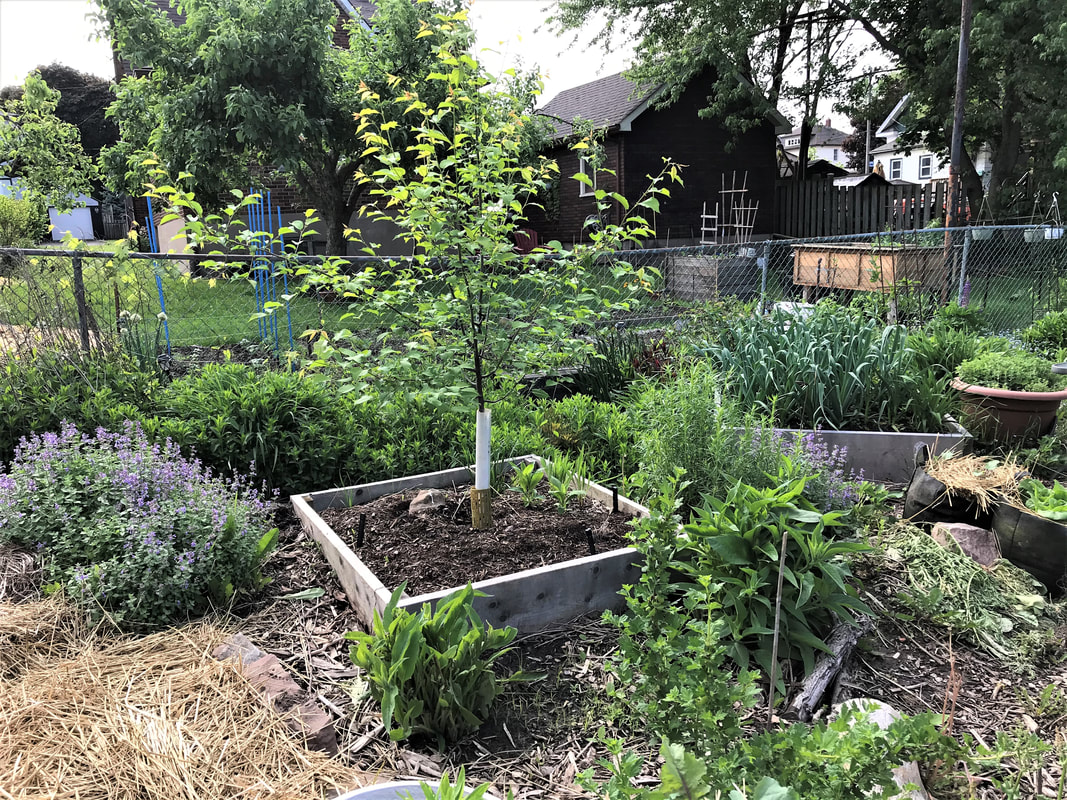


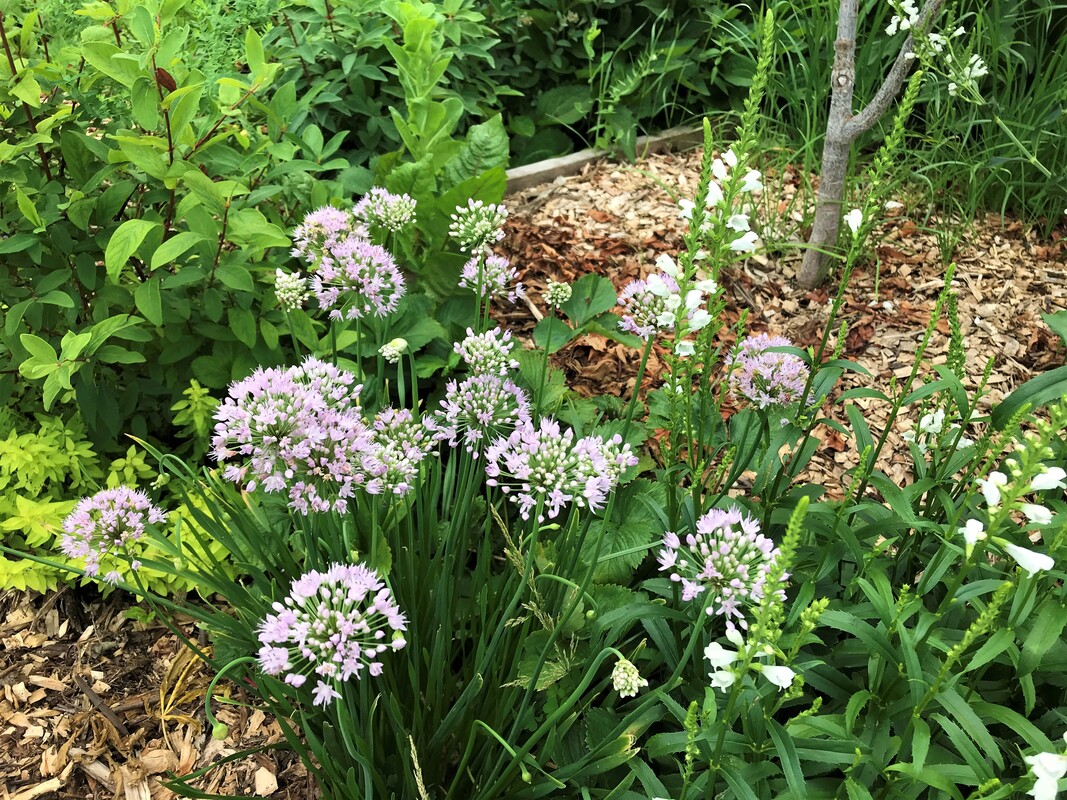

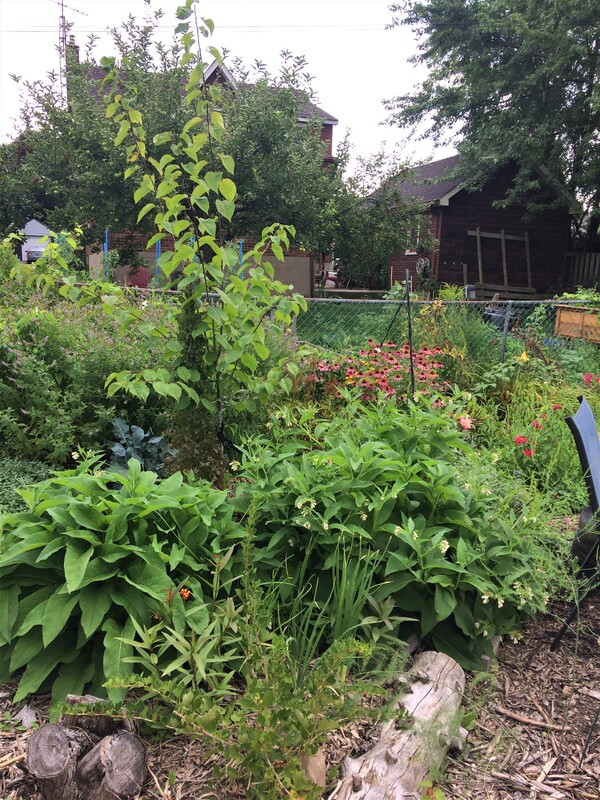
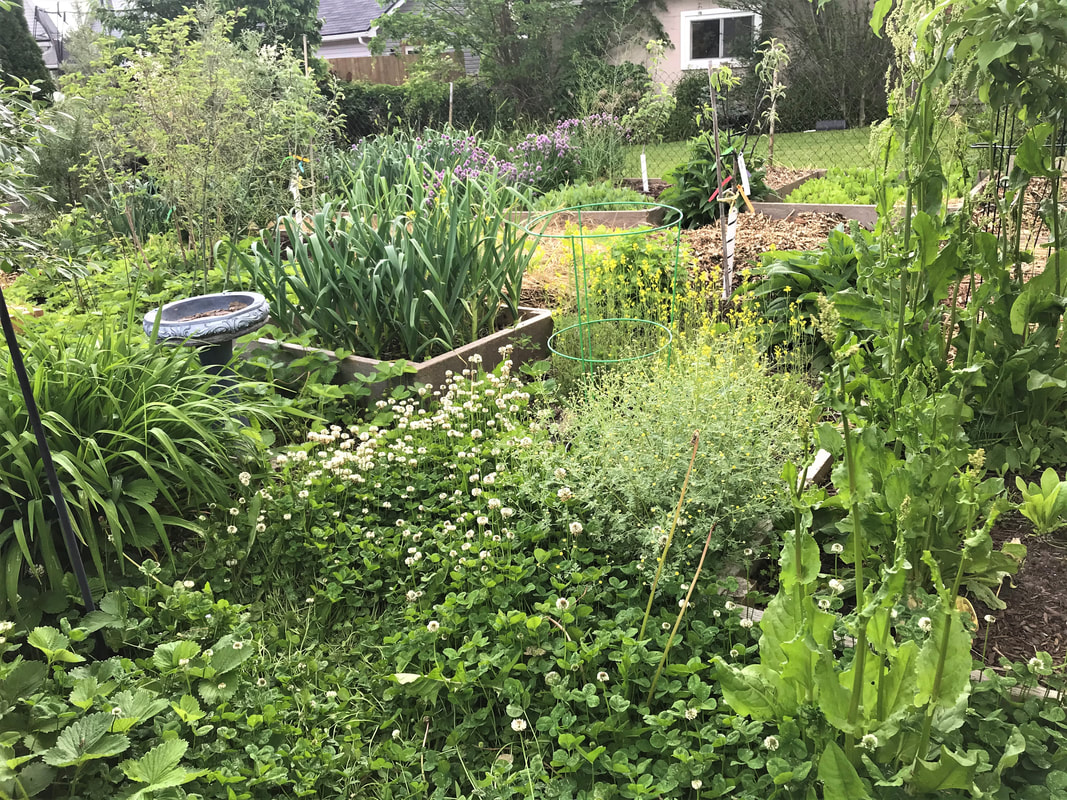
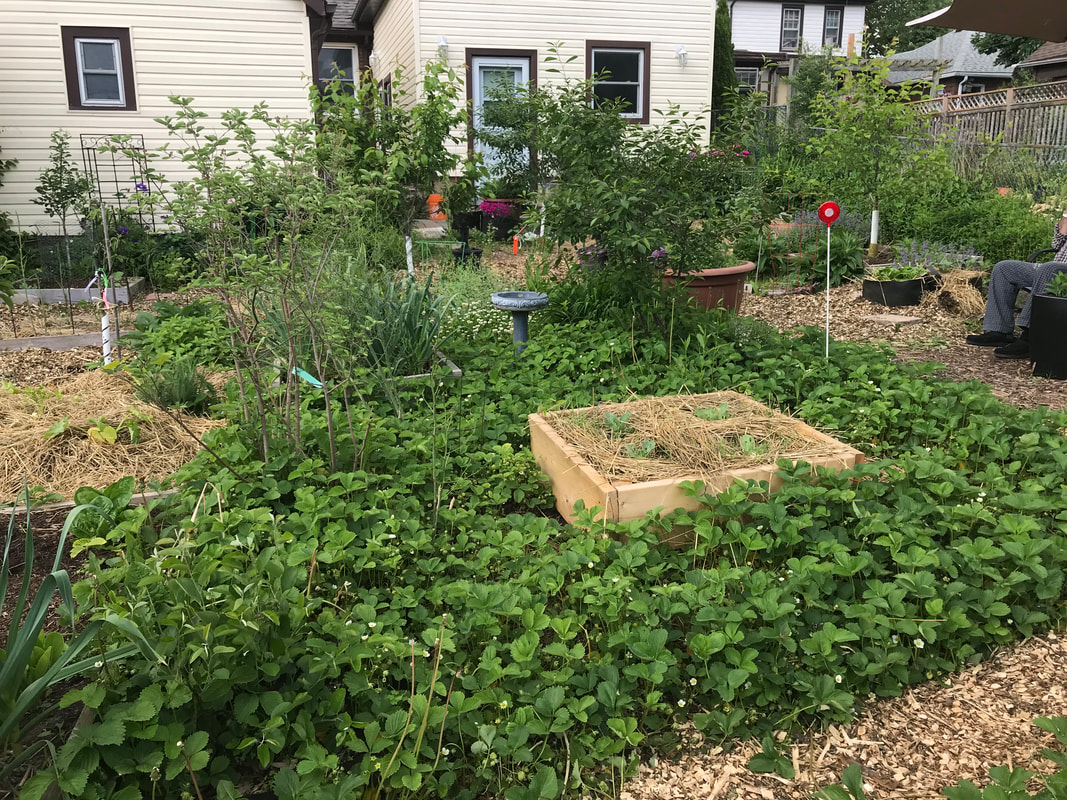
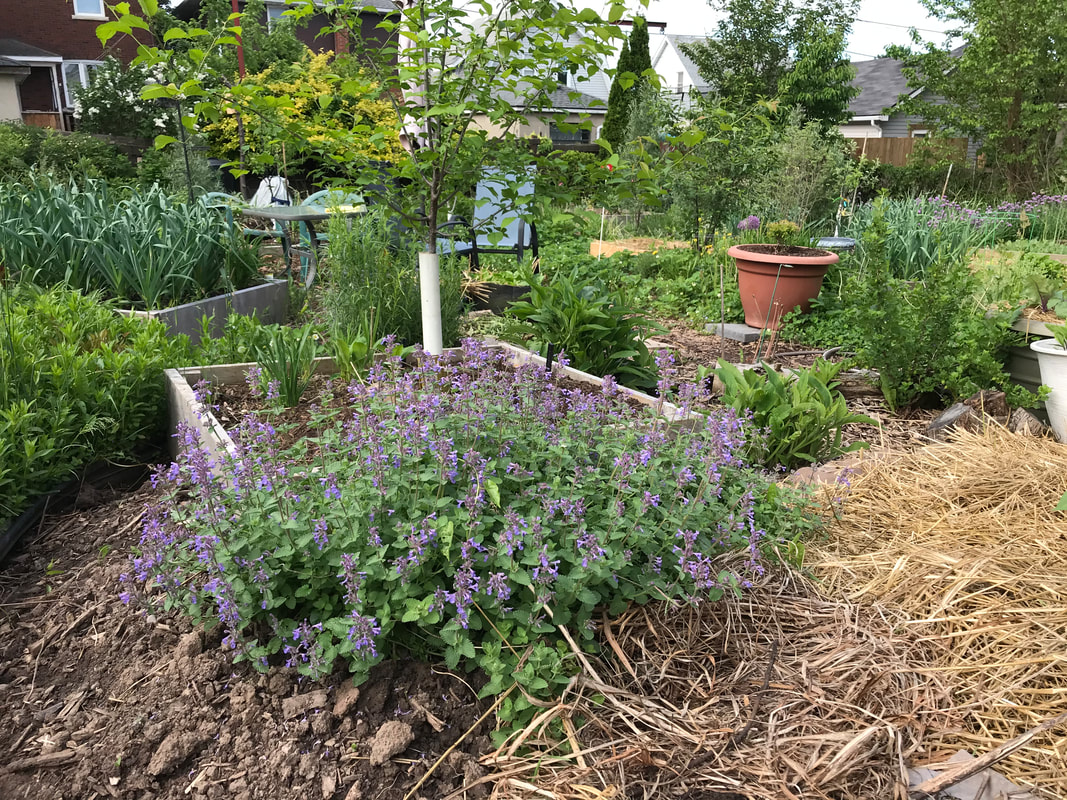




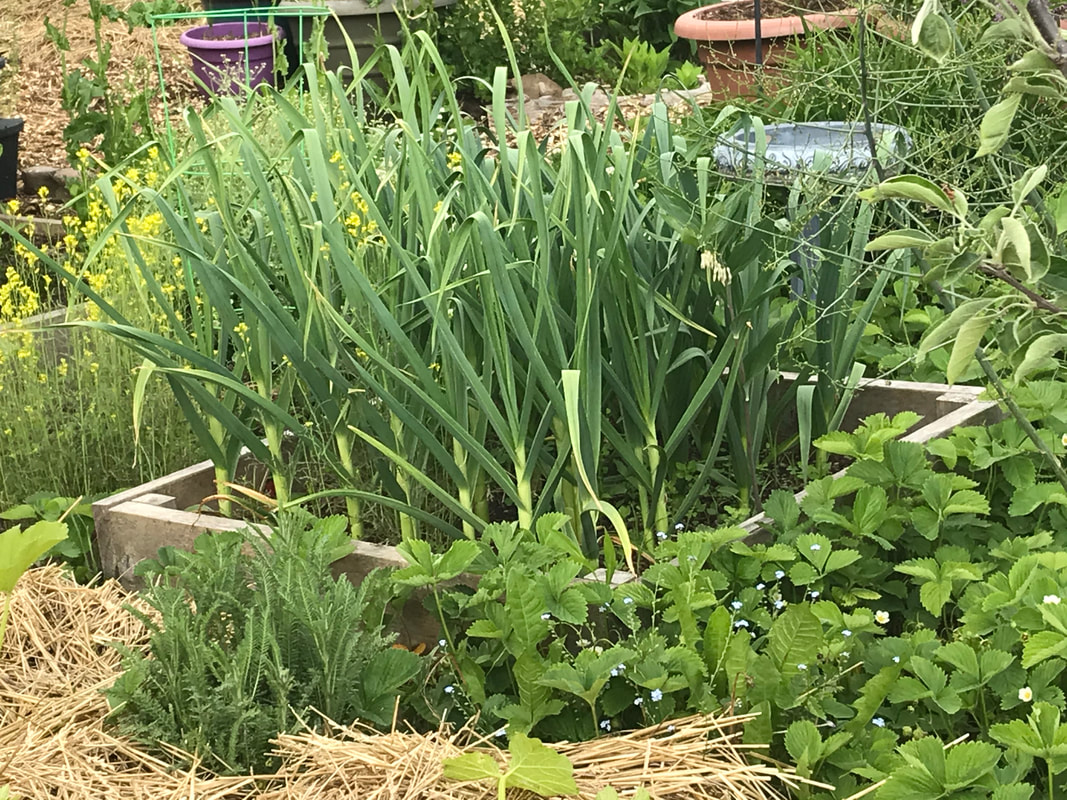





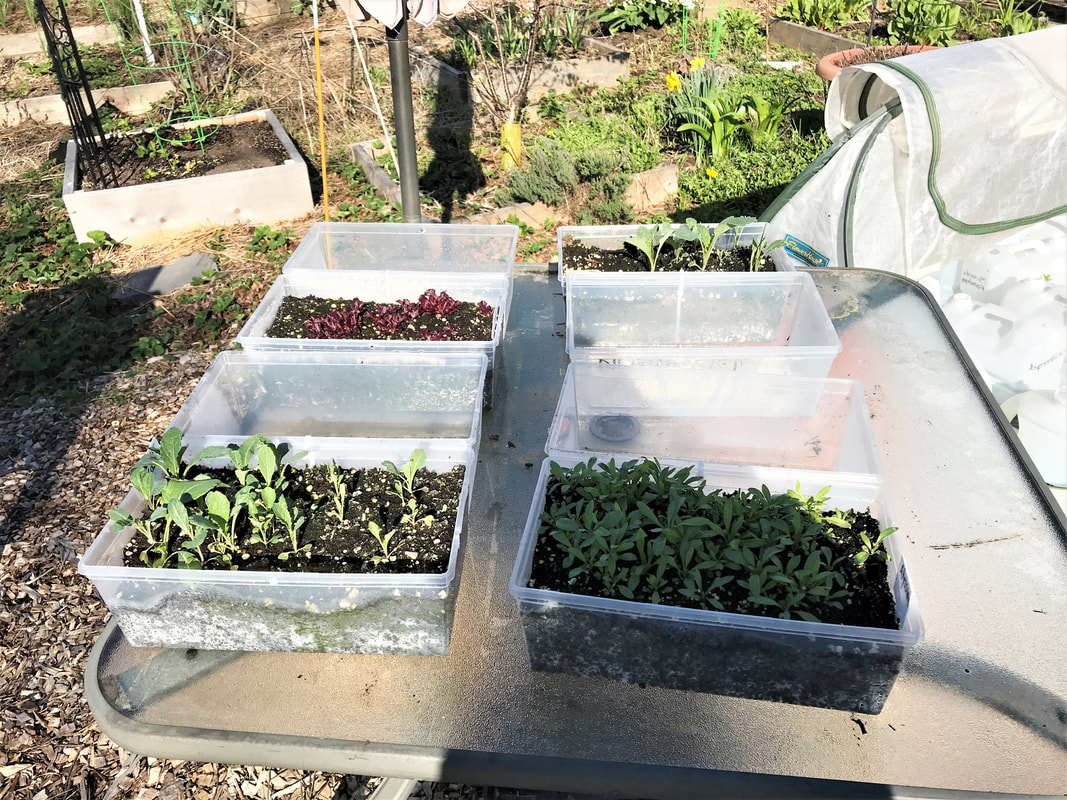

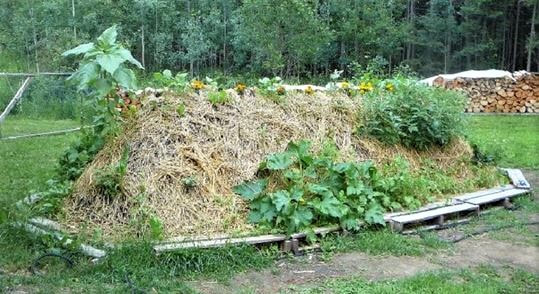
 RSS Feed
RSS Feed